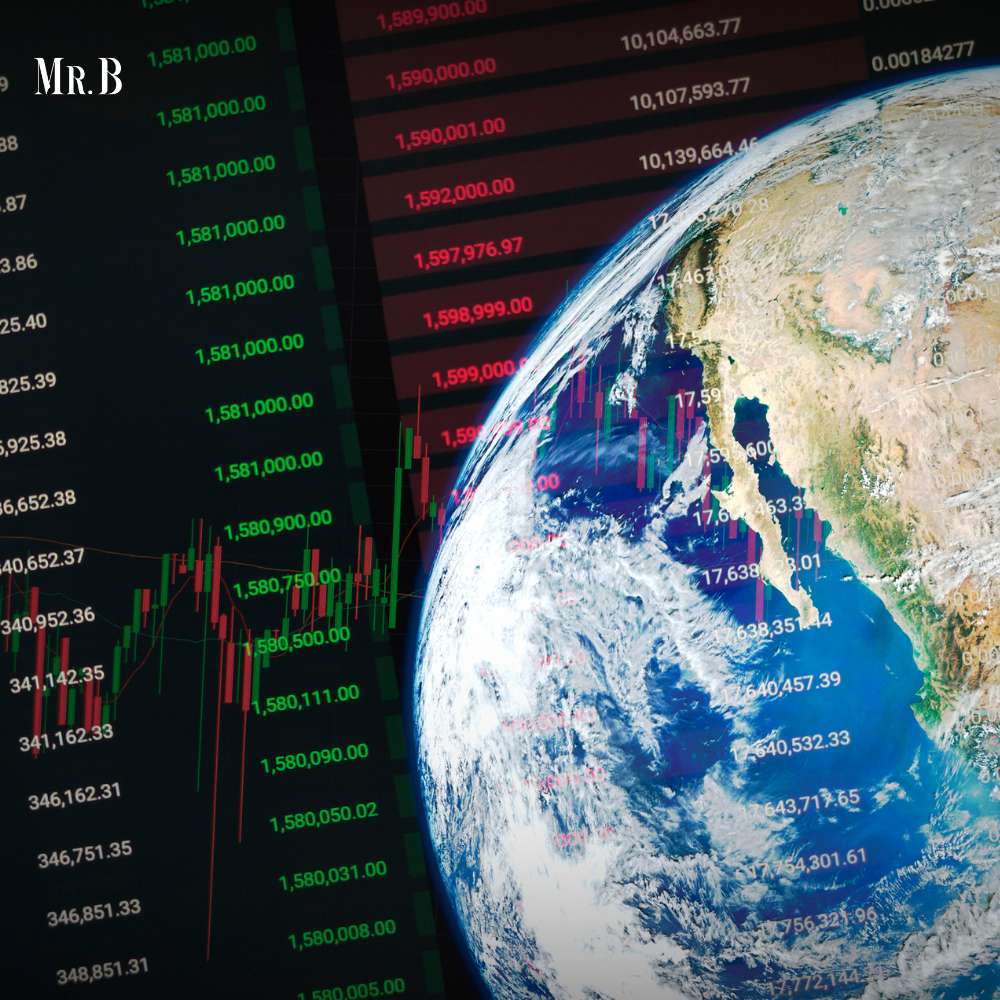The international trade is the reason why brands are so much in buzz. Especially, since the digitalization, brands have become more aware about the importance of making their products available on a global level. The uninterrupted flow of goods across borders and the seamless coordination of various stakeholders are vital for the health of international trade. Various countries are in signed contracts and treaties in regard to the trading rules and regulations with each other.
In an increasingly interconnected world, the tapestry of international trade is intricately woven with the threads of supply chains that span the globe. This interdependence has elevated the role of supply chains to a position of paramount importance, as they serve as the lifeblood of international trade. A harmonious and efficient supply chain is not merely a prerequisite for the success of this trade; it is its very essence.
Let’s read more on How a smooth Supply Chain affects the international trade
1. Uninterrupted Flow of Goods
The essence of international trade lies in the uninterrupted flow of goods across borders. A smooth supply chain ensures that products can travel from their place of origin to their destination with minimal hiccups. This not only fosters trust among trading partners but also reduces lead times, resulting in quicker deliveries and lower costs.
2. Efficient Coordination
International trade involves an intricate ballet of coordination among multiple entities, from manufacturers and distributors to logistics providers and customs authorities. A well-oiled supply chain ensures that each participant in this process is aligned and operating at peak efficiency.
3. Reduced Costs
Efficiency in the supply chain directly impacts costs. A smooth supply chain optimizes inventory management, reduces warehousing expenses, and minimizes delays, ultimately leading to cost savings for businesses engaged in it.
Global economic growth is significantly driven by international trade. Nations engage in the exchange of goods and services, leveraging their respective strengths and resources. As countries specialize in producing what they are most efficient at, it fosters increased productivity and, in turn, enhances the living standards of their citizens. This specialization and collaboration on a global scale have led to remarkable economic expansion, particularly in emerging markets.

International Trade and the Global Economy
1. Economic Growth
International trade is a driving force behind economic growth on a global scale. It allows countries to specialize in producing what they are most efficient at, resulting in increased productivity and a rise in living standards.
2. Market Expansion
It extends market opportunities for businesses. It allows them to tap into a global customer base, reaching consumers in diverse geographic regions. This, in turn, stimulates economic growth and fosters competition.
3. Resource Optimization
Through international trade, countries can access resources they lack domestically. This resource optimization leads to improved efficiency and, ultimately, a more robust global economy.
4. Exchange of Ideas and Technologies
It facilitates the exchange of ideas, technologies, and best practices. It encourages innovation and the adoption of more efficient methods, further boosting economic growth.
The Ill-Effects of a Disrupted Global Economy on International Trade

1. Supply Chain Disruptions
A disrupted global economy often leads to supply chain disruptions. Economic uncertainties, trade barriers, and political conflicts can cause delays, shortages, and increased costs in international trade.
2. Reduced Consumer Confidence
Economic turbulence can erode consumer confidence, leading to reduced spending and, consequently, a decrease in demand for imported goods. This can harm businesses engaged in international trade.
3. Protectionism
In times of economic uncertainty, nations may resort to protectionist measures, such as tariffs and trade restrictions. These barriers hinder international trade and can lead to a reduction in the flow of goods and services.
4. Financial Instability
Economic disruptions can result in financial instability. Currency fluctuations and economic crises can have detrimental effects on international trade, as they introduce uncertainty and risk.
Enhancing Supply Chain Operations with Technology
1. Automation
Automation technology, such as robotics and artificial intelligence, streamlines supply chain operations. It reduces the risk of errors, speeds up processes, and enhances the overall efficiency of it.
2. Blockchain
Blockchain technology ensures transparency and security in the supply chain. It enables stakeholders to trace products from their origin to their destination, reducing the risk of fraud and counterfeiting.

3. Big Data Analytics
Big data analytics offers invaluable insights into supply chain operations. It allows for predictive maintenance, demand forecasting, and optimized routing, resulting in cost savings and improved reliability in it.
4. IoT (Internet of Things)
IoT devices, such as sensors and trackers, provide real-time data on the location and condition of goods in transit. This data ensures that products are handled properly and reach their destination intact, reducing the risk of damage or spoilage.
5. Cloud-Based Platforms
Cloud-based platforms facilitate collaboration and data sharing among supply chain participants. They offer real-time visibility into inventory, orders, and shipments, fostering coordination and efficiency in international trade.
Conclusion:
International trade is the lifeblood of the global economy, and its harmonious function relies on the efficiency and seamlessness of supply chain operations. A smooth supply chain ensures the uninterrupted flow of goods, reduces costs, and fosters efficient coordination among trading partners. It empowers businesses to expand into new markets, optimize resources, and drive economic growth on a global scale. Conversely, a disrupted global economy can have dire consequences for it, leading to supply chain disruptions, reduced consumer confidence, protectionism, and financial instability.







